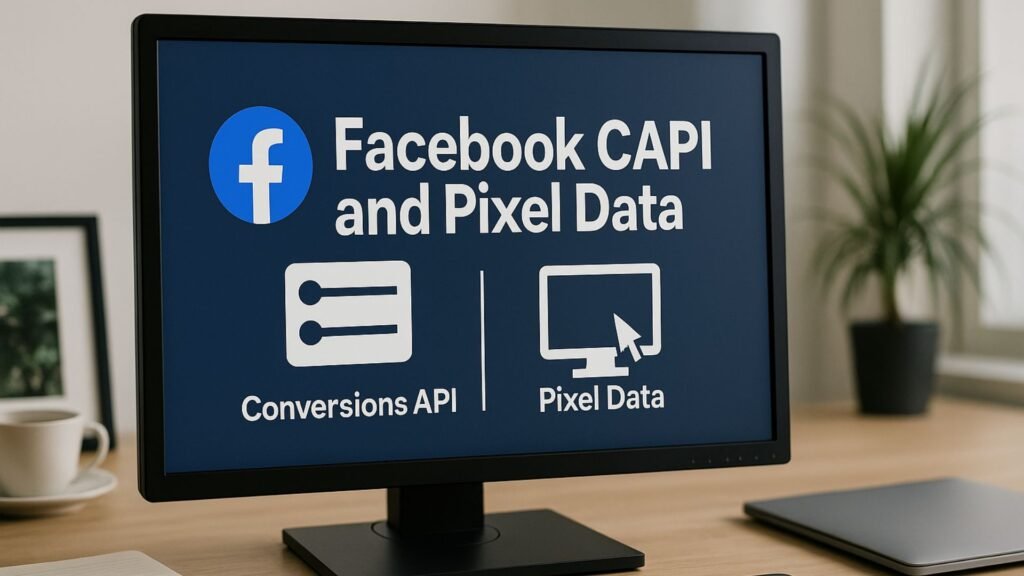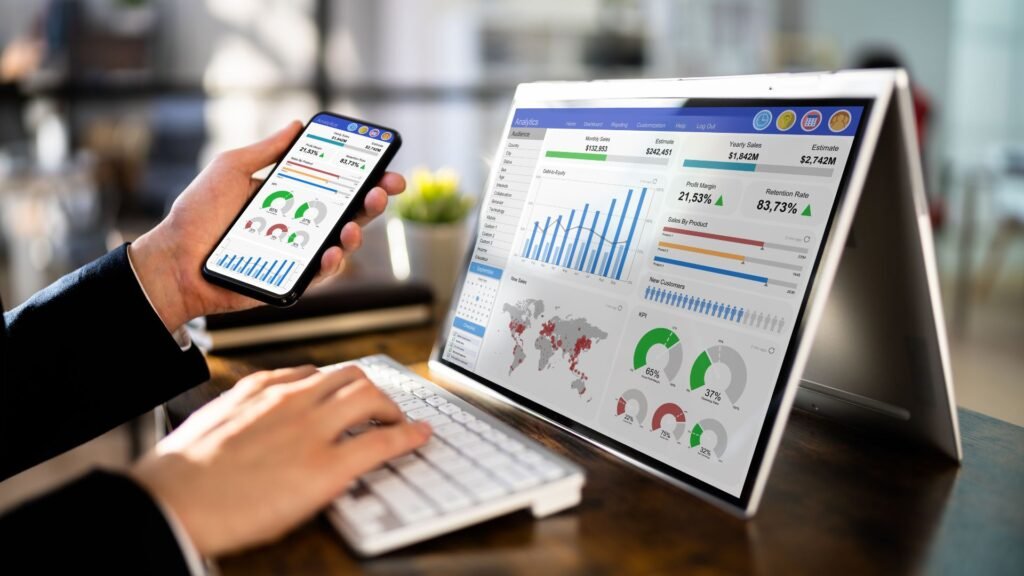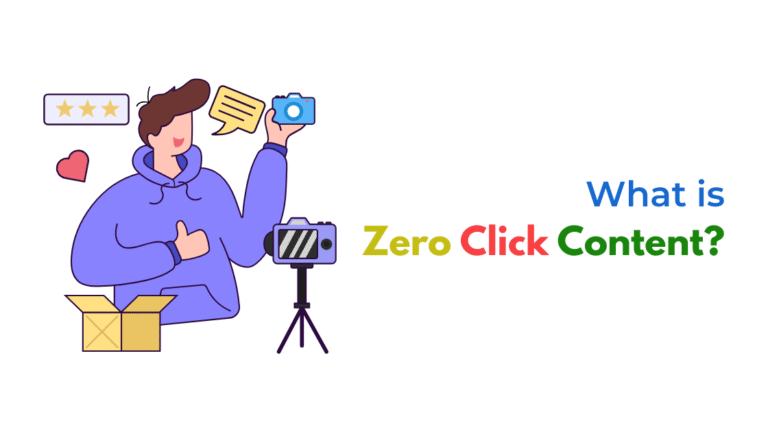Reconciling Facebook CAPI and Pixel data with your analytics reports is key for accurate attribution. CAPI helps capture more events despite ad blockers and privacy changes, but aligning it with GA4 or BI dashboards requires clear, structured reconciliation steps.

What is Facebook CAPI and Pixel Data?

Facebook Pixel is a piece of JavaScript code placed on your website that tracks user actions like page views, purchases, and form submissions through browser-based (client-side) tracking.
It helps measure ad performance and build remarketing audiences. However, ad blockers, browser restrictions, and privacy updates can block Pixel tracking.
Facebook CAPI (Conversions API) is server-side tracking that sends the same event data directly from your server to Facebook, bypassing browser limitations.
Using CAPI alongside the Pixel ensures more reliable event tracking, better attribution, and improved ad performance measurement by capturing conversions even when browser tracking fails.
Why Facebook CAPI and Pixel Data Often Differ from Analytics Reports?

Facebook Pixel (client-side) and CAPI (server-side) data capture user actions, while analytics platforms like GA4 or Adobe Analytics measure user behavior with their tagging systems.
These platforms often report different numbers due to:
- Attribution window differences (FB uses 7-day click / 1-day view by default, while GA4 often uses last-click)
- Event duplication or mismatch between Pixel and CAPI
- Tracking prevention (ITP, ad blockers, VPNs) impacting client-side data
- Differences in session definitions and timeouts
- Partial or missing server-side parameter mapping in CAPI
To reconcile these effectively, you need to understand the differences, clean your data, and align event definitions across systems.
Why Reconciling Facebook CAPI + Pixel Data with Analytics Is Challenging?
Facebook Pixel (client-side) and Conversions API (CAPI, server-side) allow you to capture user actions like purchases, leads, and form submissions to optimize campaigns and measure conversions.
However, when you compare this data with Google Analytics (GA4), server logs, or BI dashboards, you will often see discrepancies due to:
- Different attribution models and windows (FB uses 7-day click/1-day view by default, GA4 typically uses last non-direct click).
- Event duplication if deduplication (
event_id) isn’t configured properly. - Data loss from browser restrictions, ad blockers, iOS privacy policies.
- Time zone differences between Facebook Ads Manager and your analytics platform.
- Session counting and user definitions differing across platforms.
- Bot and spam filtering in GA4, not present in Facebook reporting.
Reconciliation is essential to trust your data for accurate attribution, ROI measurement, and scaling decisions.
Step-by-Step Guide to Reconcile Facebook CAPI + Pixel Data with Analytics Reports
1. Understand Attribution Differences
What to check:
- Facebook reports on click-through and view-through conversions, while GA4 typically does not consider view-through.
- Facebook uses multiple attribution windows (1-day view, 7-day click), while GA4 often uses last non-direct click.
- CAPI may capture offline conversions that GA4 cannot track.
Action:
- Align your analysis to a common attribution window for meaningful comparison.
- For critical campaigns, consider building models that adjust GA4 data for view-through effects if needed.
2. Validate Event Matching and Deduplication
If using both Pixel and CAPI, duplicate events can inflate counts.
What to do:
- Use Facebook’s
event_idparameter in both Pixel and CAPI to deduplicate events automatically. - Check in Events Manager for duplication warnings or inconsistencies.
- Use the Test Events tool in Facebook Events Manager to confirm event payloads and matching status.
3. Standardize Event Names and Parameters
Inconsistencies between what is sent via CAPI and Pixel versus what GA4 tracks cause mismatched data.
What to do:
- Use consistent event names across Facebook and GA4 (e.g.,
purchase,lead,add_to_cart). - Ensure key parameters (
value,currency,content_ids, etc.) are passed accurately in both systems. - If using custom conversions, document their definitions to match analytics goals.
4. Align Time Zones and Reporting Periods
Different time zones between Facebook Ads Manager and your analytics platform can cause apparent mismatches.
What to do:
- Check your Facebook ad account’s reporting time zone and align it with your analytics property’s time zone.
- When comparing data, always export or filter reports using the exact same date ranges.
5. Check Filtering in Analytics Platforms
GA4 or Universal Analytics may exclude traffic via bot filters or tag misconfigurations.
What to do:
- Validate that your GA4 property is not filtering out Facebook or paid social traffic.
- Ensure UTMs or auto-tagging are set up correctly for traffic source identification.
- Use the
source/mediumreports to confirm Facebook traffic is attributed correctly.
6. Use Facebook’s Conversion API Gateway Debugging Tool
Facebook’s CAPI Gateway and Events Manager offer diagnostics to confirm:
- Event match quality
- Missing or invalid parameters
- Deduplication issues
Regularly monitor these diagnostics to maintain clean server-side data.
7. Run Parallel Testing and Benchmarking
To truly reconcile:
- Run side-by-side comparisons for key events (purchases, leads, adds to cart) across Facebook Events Manager and GA4 for a set period.
- Calculate variance percentages to set expected tolerances (e.g., within 10-15% due to attribution differences).
8. Implement Advanced Server-Side Tagging
If you use Google Tag Manager Server-Side, you can:
- Feed consistent, privacy-compliant data into Facebook CAPI, Google Ads, and GA4 from the same server-side endpoint.
- Reduce reliance on browser-based data while aligning data streams across platforms.
This improves match rates and makes reconciliation simpler.
9. Use BI Dashboards for Unified Views
For advanced reporting:
- Pipe data from Facebook Ads, GA4, and server logs into Looker Studio, Power BI, or Tableau.
- Create calculated fields to normalize attribution differences for clearer performance views.
- Track metrics like ROAS, CPA, and funnel drop-offs consistently across platforms.
Additional Tips for Cleaner Reconciliation
- Use Facebook’s Conversions API Gateway Debugging for troubleshooting server-side issues.
- Check data freshness: Facebook data may update over 72 hours; GA4 updates may lag in real-time reports.
- Implement Server-Side GTM: This allows consistent server-side tracking for Facebook CAPI, GA4, and Google Ads, reducing data discrepancies.
- Monitor regularly: Check reports weekly to catch misconfigurations early.
How Socinova Helps
At Socinova, we help agencies and businesses bridge the gap between ad platform data and analytics platforms by auditing and setting up accurate Facebook CAPI, Pixel, and analytics tracking systems.
We configure deduplication, event matching, attribution alignment, and advanced server-side tracking to ensure your data pipelines are clean and actionable.
If you’re tired of mismatched numbers across your reports and want clarity for confident scaling, we’re here to build a unified, reliable reporting system for your marketing efforts.
Book a free consultation with Socinova to get your Facebook CAPI, Pixel, and analytics reports aligned for accurate tracking and confident decision-making.
Final Thoughts
It’s normal for Facebook CAPI + Pixel data to differ from GA4 or other analytics platforms, but large gaps signal issues in tracking or attribution setup.
The goal is not to match numbers exactly but to align tracking logic, understand discrepancies, and trust your data enough to make informed budget and optimization decisions.
By following structured reconciliation and validation steps, you can ensure your paid campaigns are truly data-driven.




